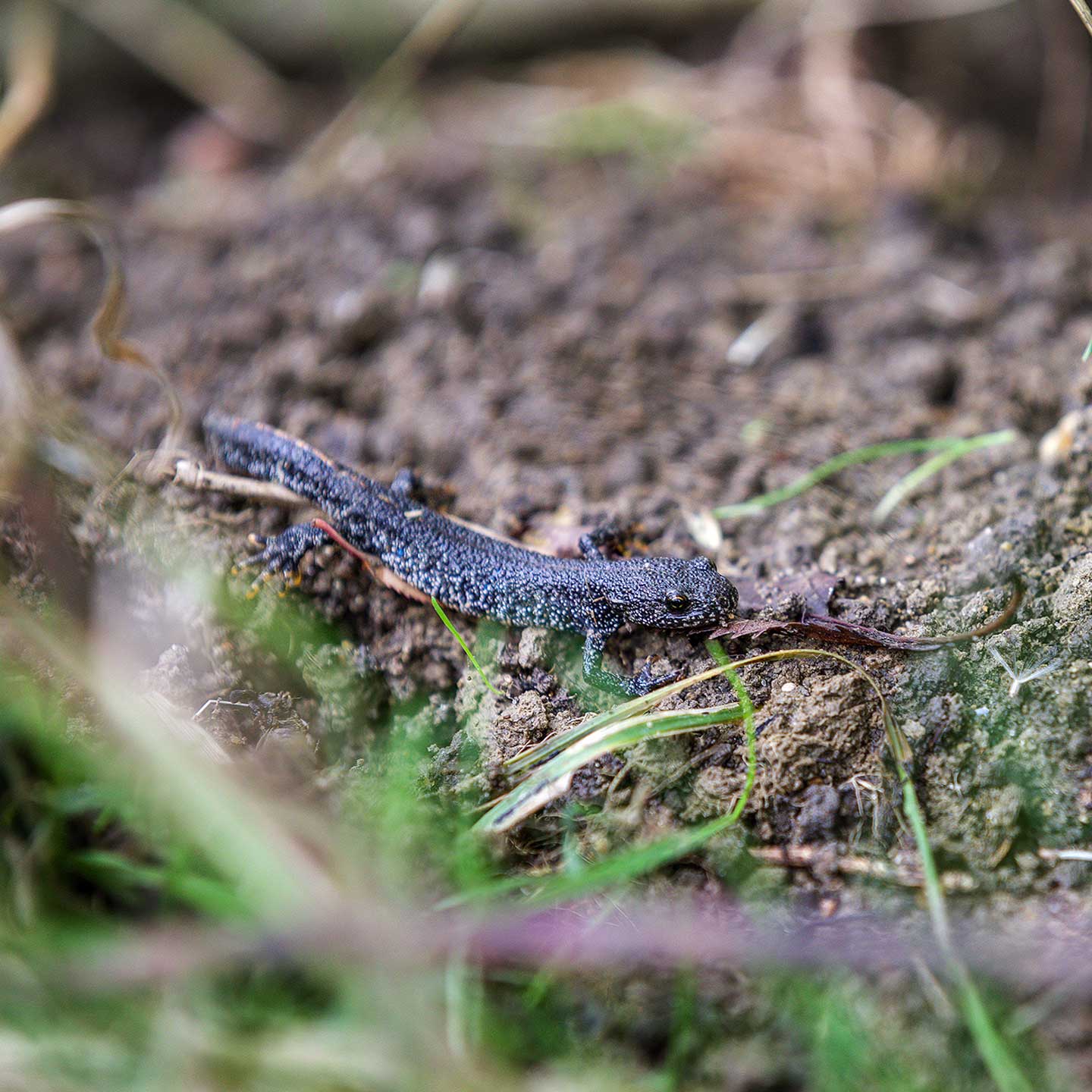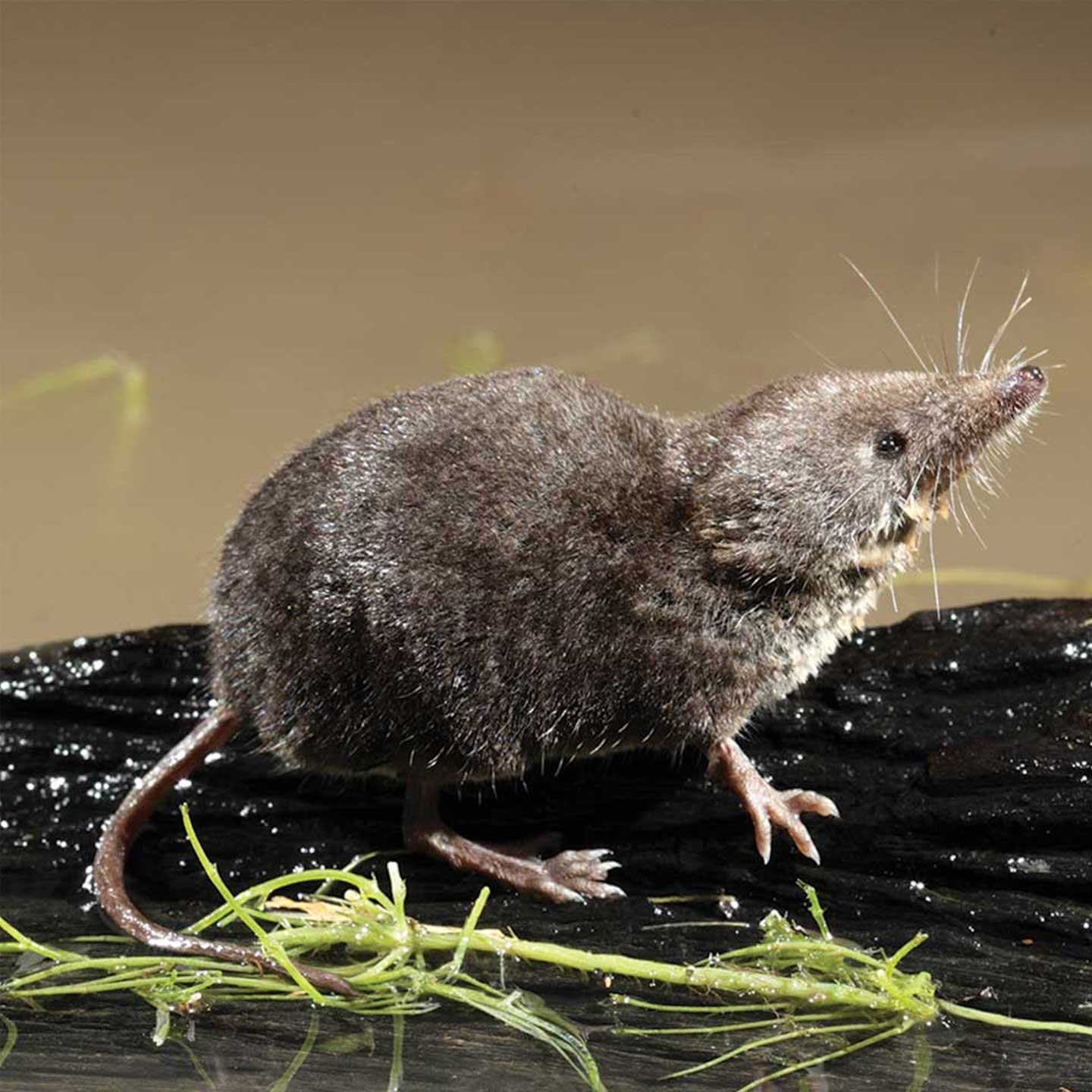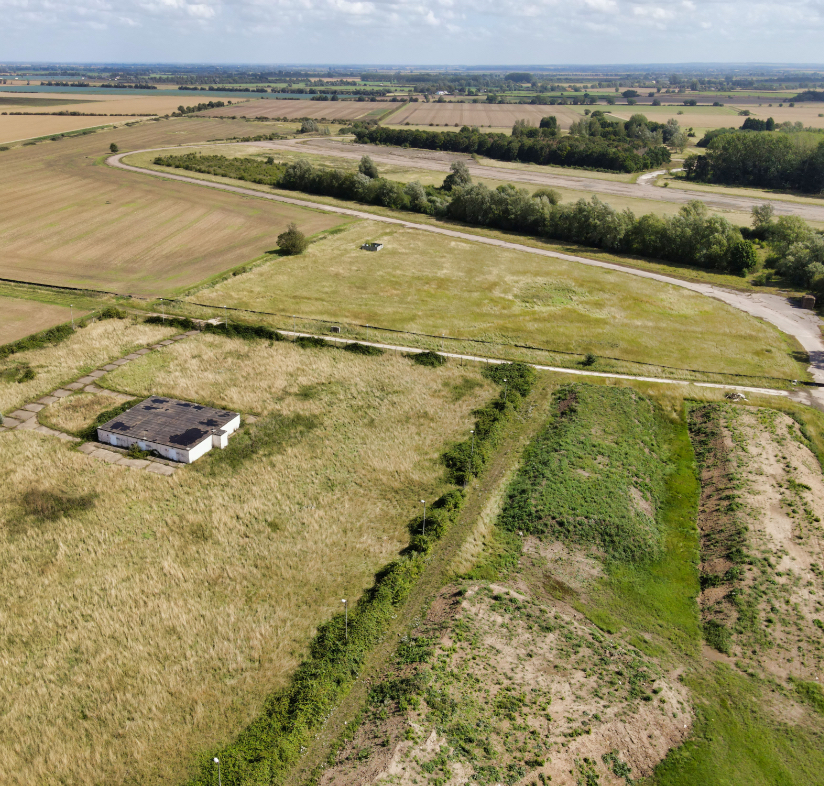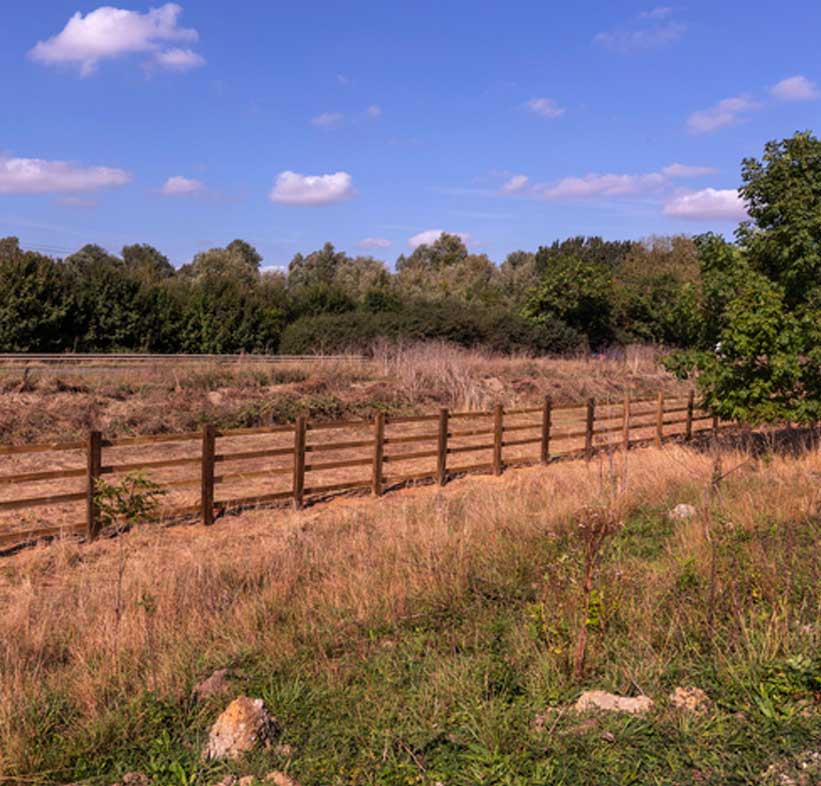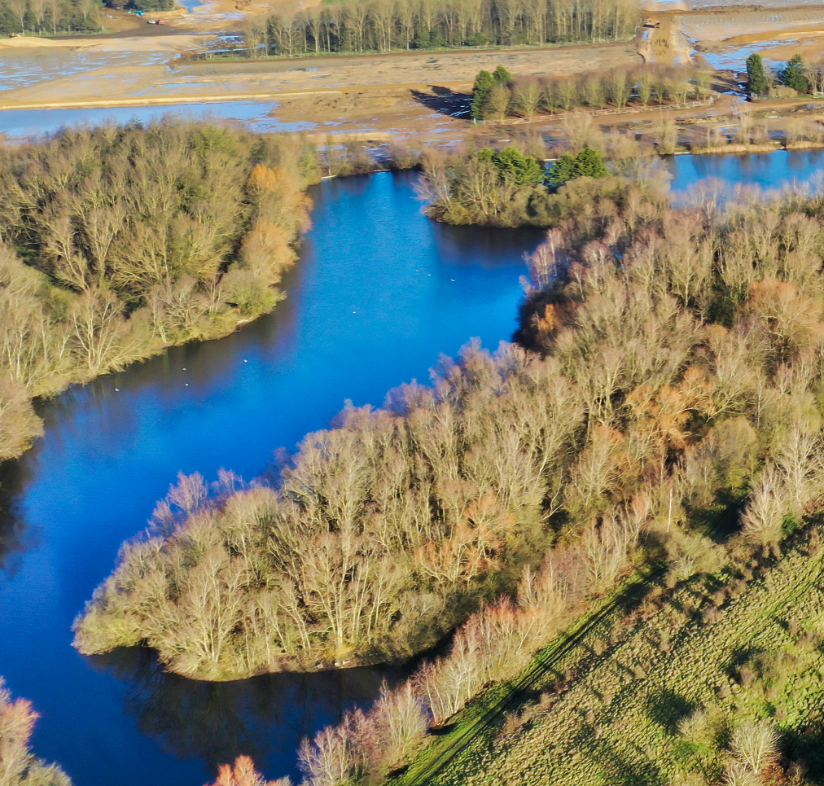The former golf course
A diverse wetland ecological network, reflecting the Fen edge character, focused on supporting local Biodiversity Action Plan (BAP) habitats, through the retention, enhancement and creation of woodland, wetlands, grassland, scrub and hedgerows for great crested newts, bats, birds, reptiles and invertebrates.
What's here
The former golf course supports a range of habitats including grassland, scrub, woodland, hedges, ditches and ponds. To the east of the former golf course is an area of rough grassland, scrub edges and scattered trees, known as the Snake Pit.
The area also provides a range of habitats for birds such as song birds, wildfowl and birds of prey. The grassland and scrub areas also support wild mammals including deer, foxes and brown hares.
10 hectares New habitats equating to 10 hectares will be created and enhanced. That's equivalent to just over 4 football fields.
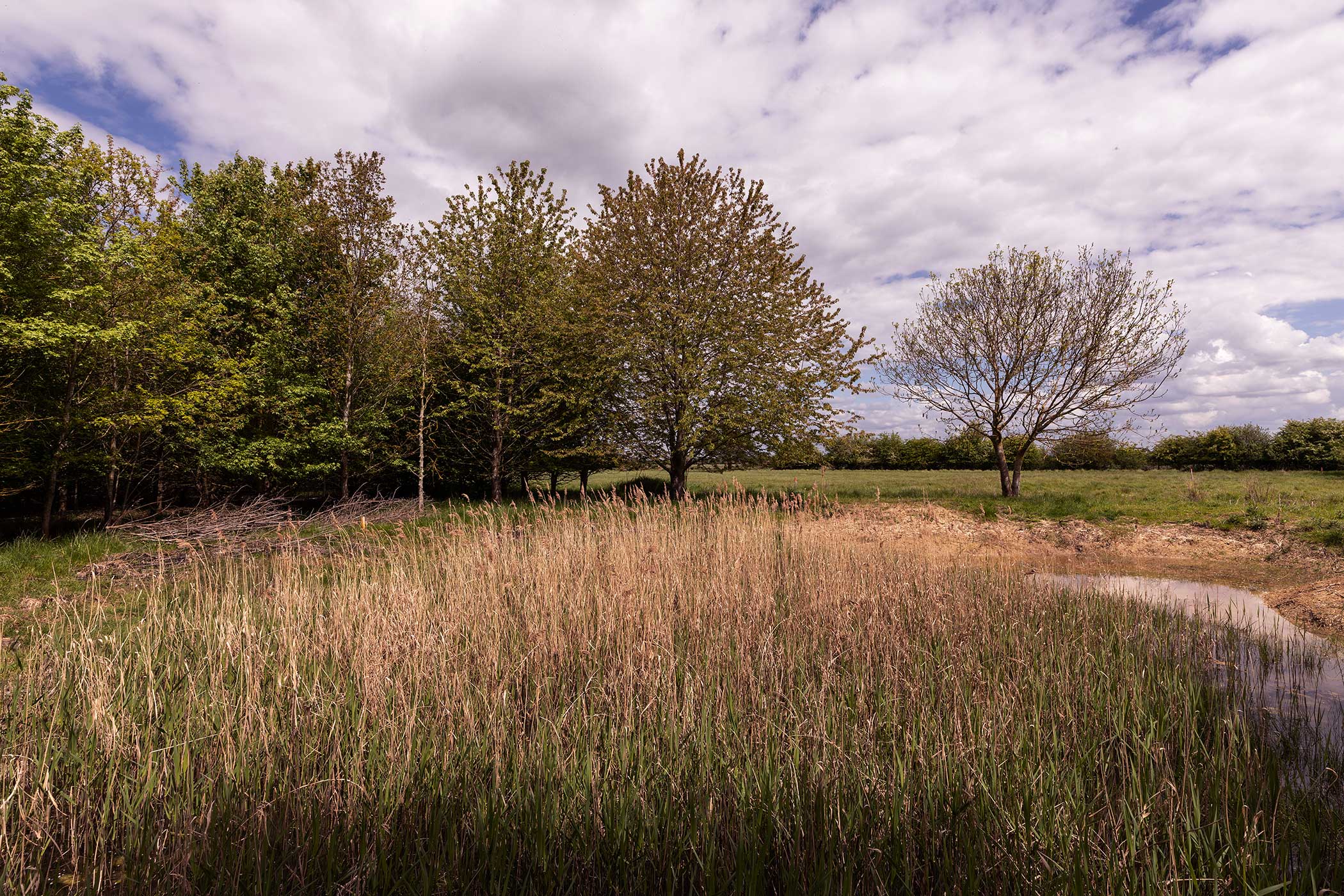
This area supports existing populations of important species such as great crested newt and reptiles.
Aspirations for the ecology here
This area was once an important recreational outlet for service personnel based here, as well as for locals who could secure membership! The historic grass course, bunkers and specimen trees have created an amazing backdrop to this important habitat area.
The neighbouring Snake Pit was used for training, and had a course for tanks to manoeuvre over obstacles. As the area grew wild when the Royal Engineers left, it has become a rich and diverse habitat.
A key target species in this area will be the great crested newt, with habitat creation and enhancement focused on terrestrial and aquatic habitats for this species.
This will be accomplished through new pond creation, enhancement of existing ponds, the enhancement and creation of grassland and scrub, and the installation of shelter features such as log piles and partially underground shelter features called 'hibernacula'.
This will ensure that all newts are concentrated in this core habitat area to ensure they continue to thrive and make this their home.
Other target species groups include bats, small mammals, reptiles, birds and Invertebrates. These species groups will also benefit from the new habitats in this area.
These areas will be accessible to people, with measures in place to control access so that new habitat areas remain undisturbed. These measures will include dedicated paths and educational trails with information boards.
